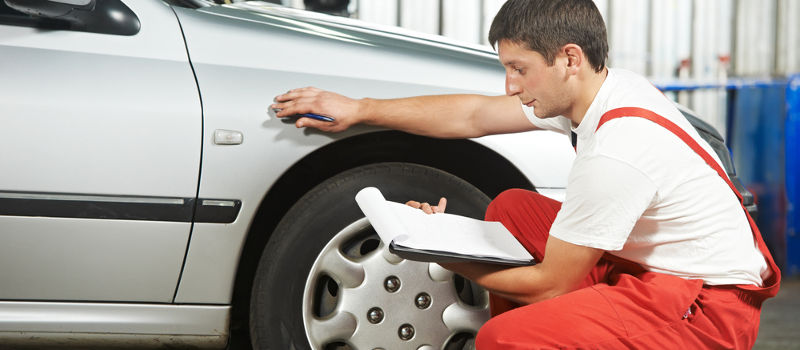
How to Buy a Used Car
A used car is generally the greatest worth you’ll discover in the automotive marketplace. This is particularly true for models that are only a few years old. Not only is the cost lower than a similar new one, but the ongoing costs of ownership, such as insurance and property taxes are also lower thanks to the normally unwelcome depreciation hit a newer vehicle takes early on. Moreover, purchasing used cars is a simple and effective means of getting more value for your dollar than if you try to purchase a new car.
Whether you’re trying to find a certified pre-owned or a private sale used car, or are purchasing from a retailer or neighbor, knowing what to look for can make your car purchasing experience extremely rewarding. This guide provides you with the means to pick a car that is used but in excellent condition and a reliable investment of both your time and money.
And don’t forget to check our inventory of used, salvaged and donated cars to save even more money!
Visually Inspect a Used Car
The body should appear with no unusual spacing between the joints. The trunk lid and all doors, should open and shut easily. Keep an eye out for rust. Also check the tire wear. Look for any indications of brake fluid leaking onto the inner side of the tires. If possible, get the car up on a lift to get a good look at the underside — look for serious body damage, such as a bent frame, spacers or fresh weld marks. Look for more than ordinary oil leaks. Check the muffler, tailpipe and exhaust for any holes.
Under The Hood of a Used Car
Check all hoses and the battery for leaks. Pull the oil stick and check the consistency of the oil. If it it is filthy and dark, the automobile may not have been maintained consistently. Check the belts to make certain they aren’t brittle or worn. If the car has an automatic transmission, check the fluid. Sniff to see if it smells burnt and look at the color – a dark color is cause for concern.
Electrical Systems in Used Cars
Start the engine and verify all the ancillary functions are in good working order: windshield wipers, instruments, radio, heater, air conditioner and all the gauges in the dashboard. Tap the horn to make sure it works. And don’t forget to check all the lights, including the interior, headlamps, parking and turn signals and break.
The Trunk of a Used Car
Open the luggage compartment and assess the spare tire. If the spare is worn significantly on one side, it may indicate issues with the front end alignment. Make sure the jack is included. You dont want to make that discovery when you’re stuck on the side of a road with a flat.
Springs and Shocks
Push down on the corners of the auto, back and front. The shock absorbers are worn if the car bounces up and down several times. Stand some space from the car back and see if it appears level or leaning to one side more than the other. The springs may need to be replaced in such a case.
Interior of a Used Car
Analyze the upholstery, safety belts and carpet; look under any covers or mats. Badly worn upholstery or carpeting may be an indication of significant use. Turn on the ignition warning lights on the dashboard. Also assess the brake pedal for free play.
How to Test Drive a Used Car
The Engine of a Used Car
With the seller’s permission, race the engine a couple of fast blasts. Observe for any loud tapping sounds and if so, have the vehicle checked out by a mechanic you trust. If you hear a rapping or light tick in the top of the engine isn’t generally a serious issue, but a bad bearing could be indicated by a rapping sound. To assess for a burned valve or tuneup issue, put on the brakes and drop it into drive.
Drive Shaft And Rear End
Take the car for a drive and pay attention to the drive shaft and rear end. Drive the car at about 35 miles per hour. Listen and feel the car response. If the car trembles or bounces, it’s typically due to tires out of alignment. If the shaking is accompanied by an unpleasant droning sense in your ears, it could signal a drive shaft or joint issue.
Steering System
Locate a straight, level stretch of road or an expressway, and hold the steering wheel. You’ve got an issue if the auto pulls to the left or right. When rounding a corner, the steering wheel should turn easily and have a tendency to return easily to its location that is straight.
The Brakes in a Used Car
For the final check, first make certain there are not any other cars behind you. Then at a speed of 30-40 MPH, use the brakes three or four times. If you get a consistent pull right or left, there’s an issue. Eventually, slow down to a rate of about 5 miles per hour and use minimal pressure on the brake pedal. If occasional upsurge or a humping is sensed, the drums or rotors of the brakes may be warped.